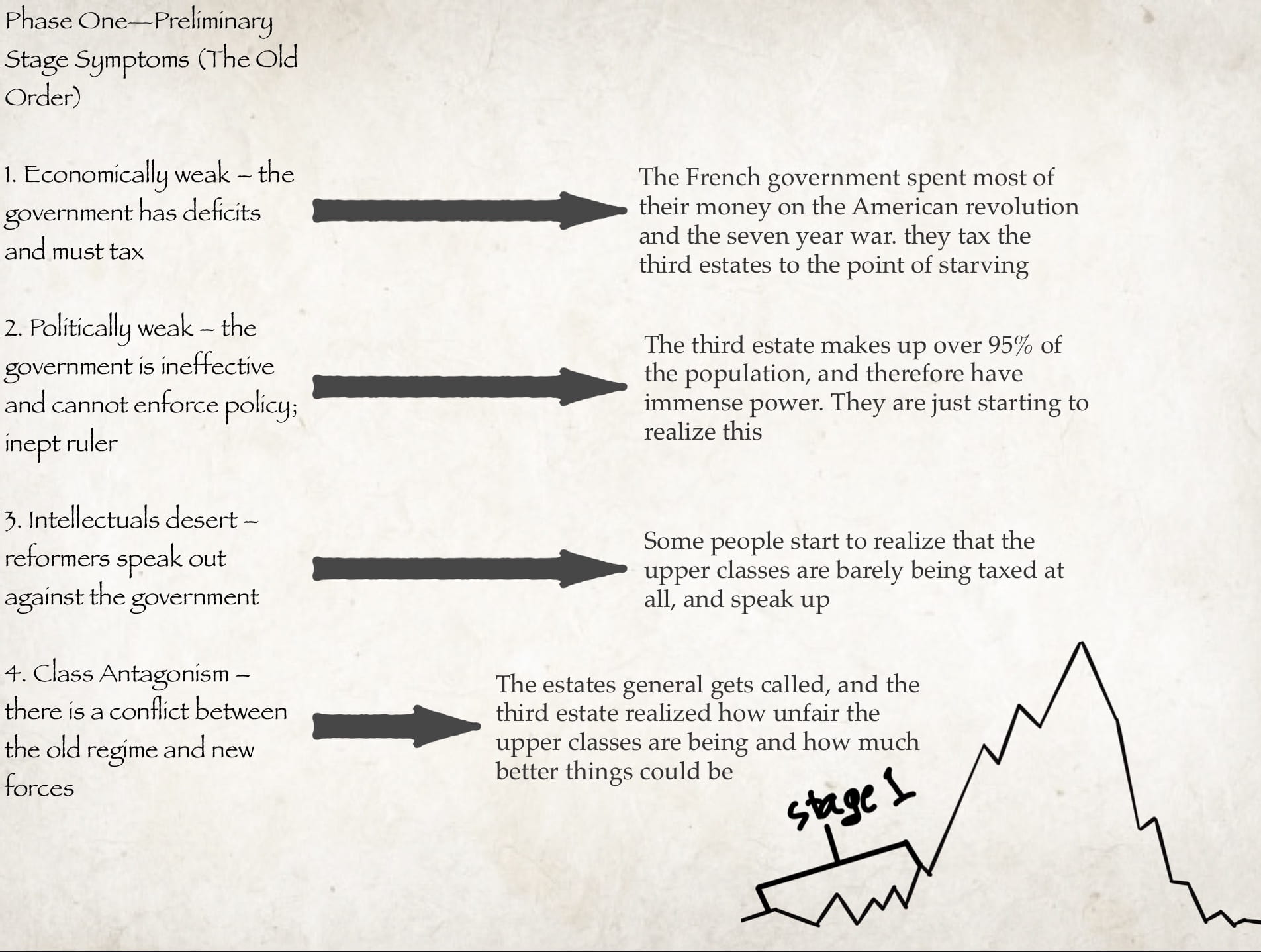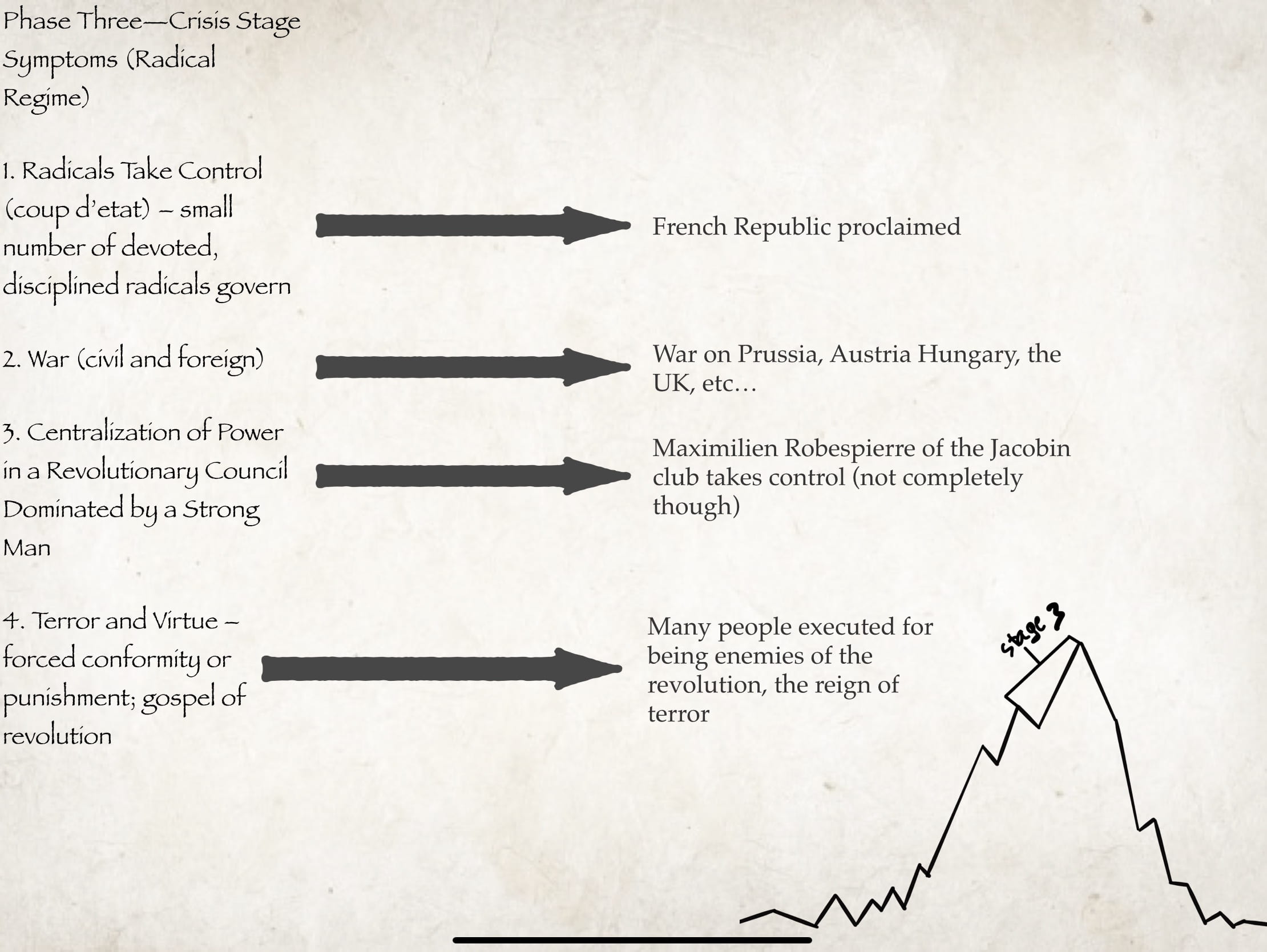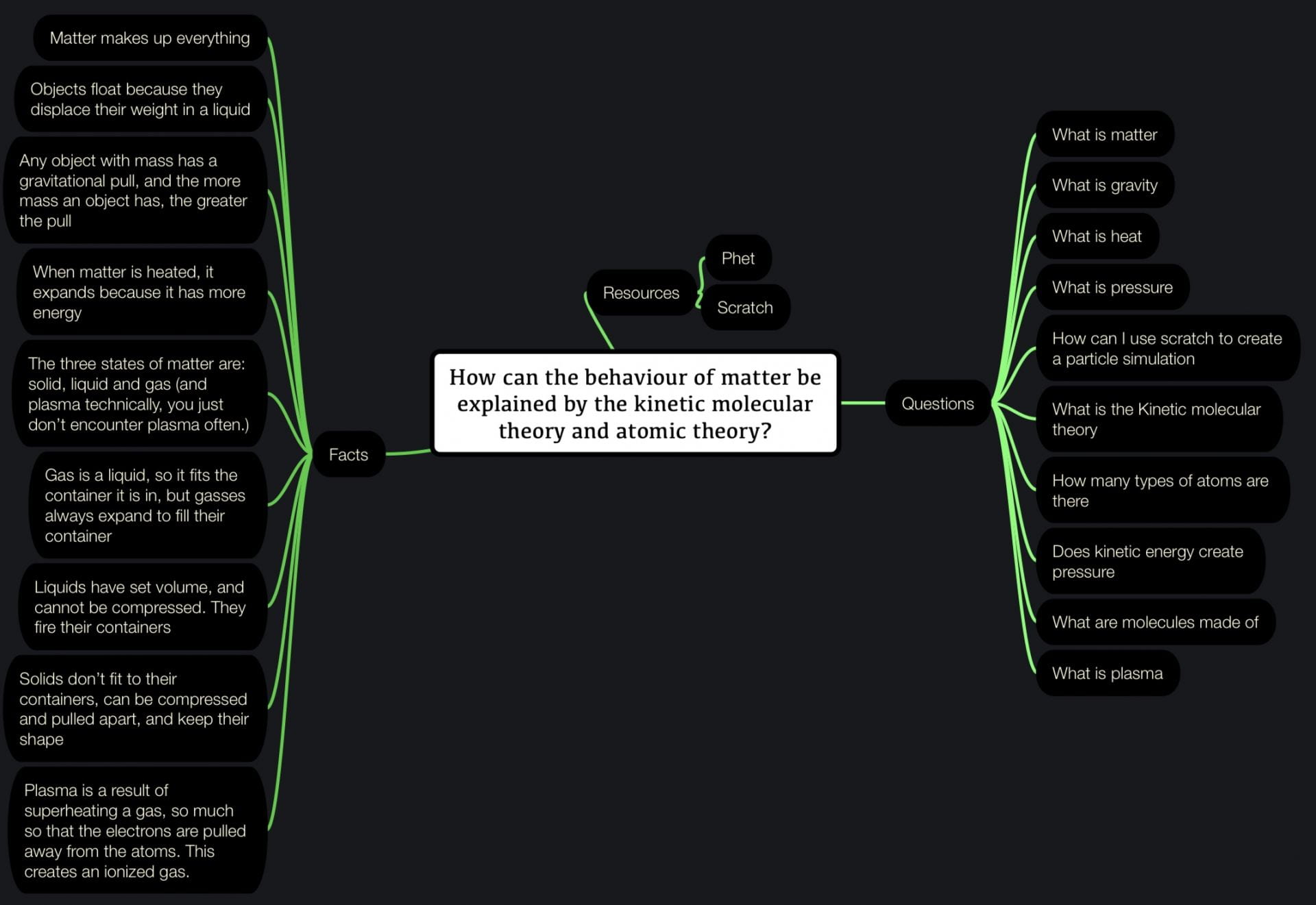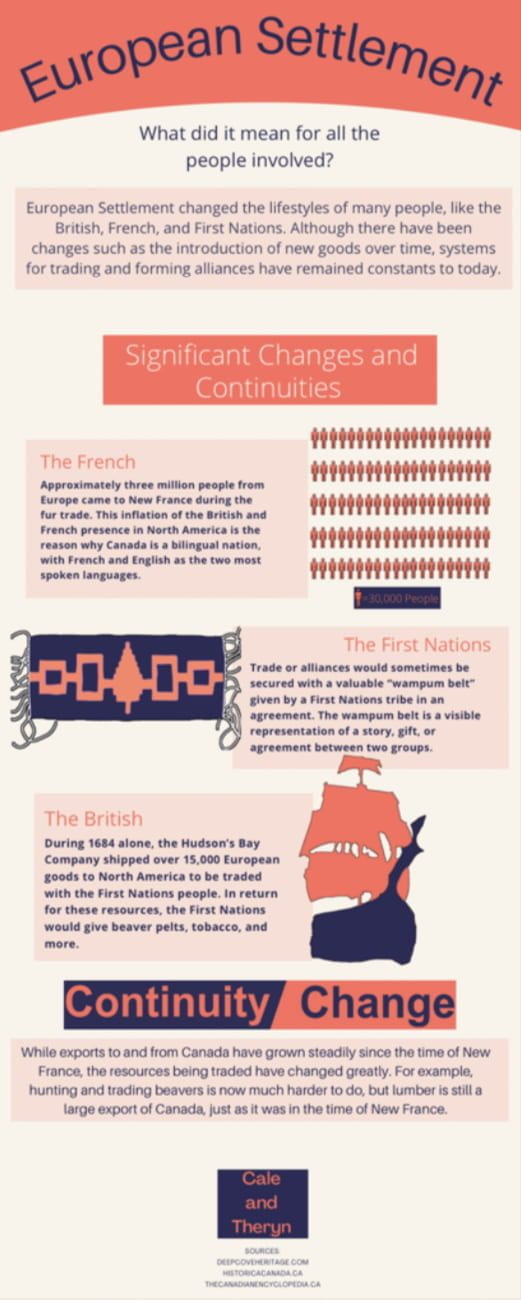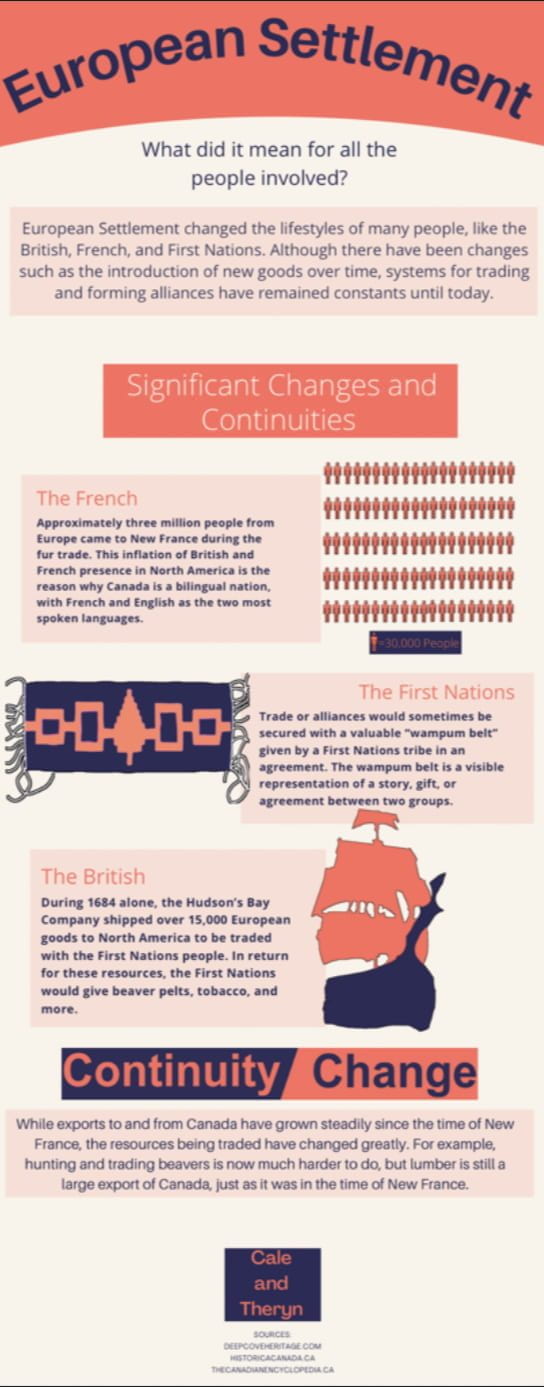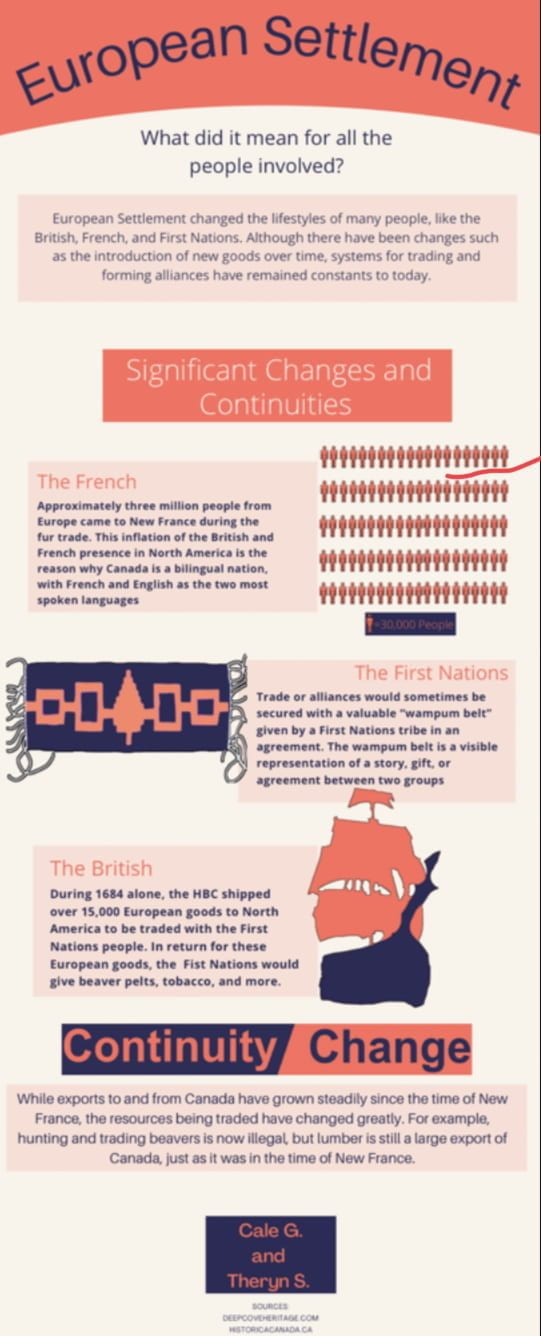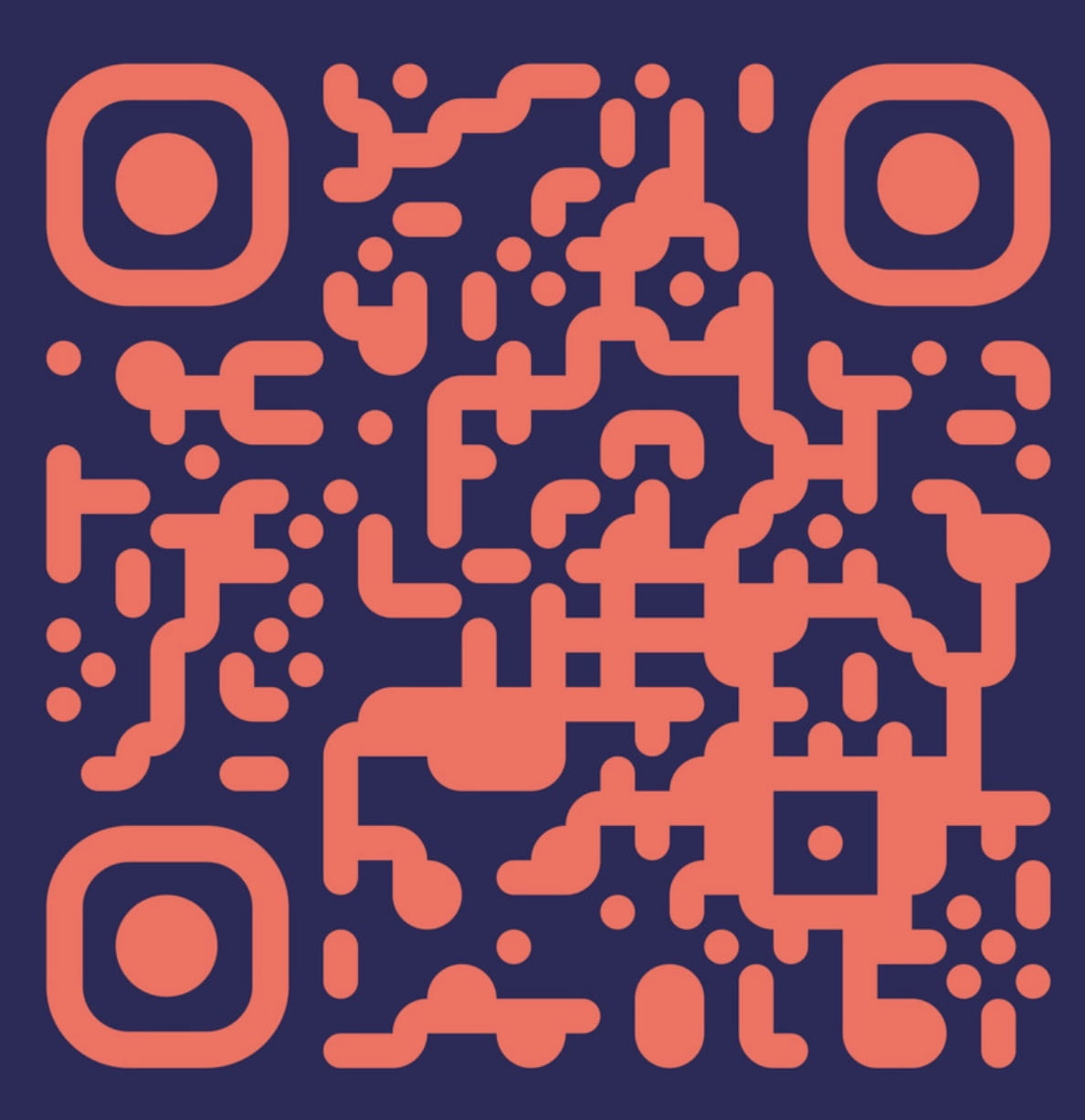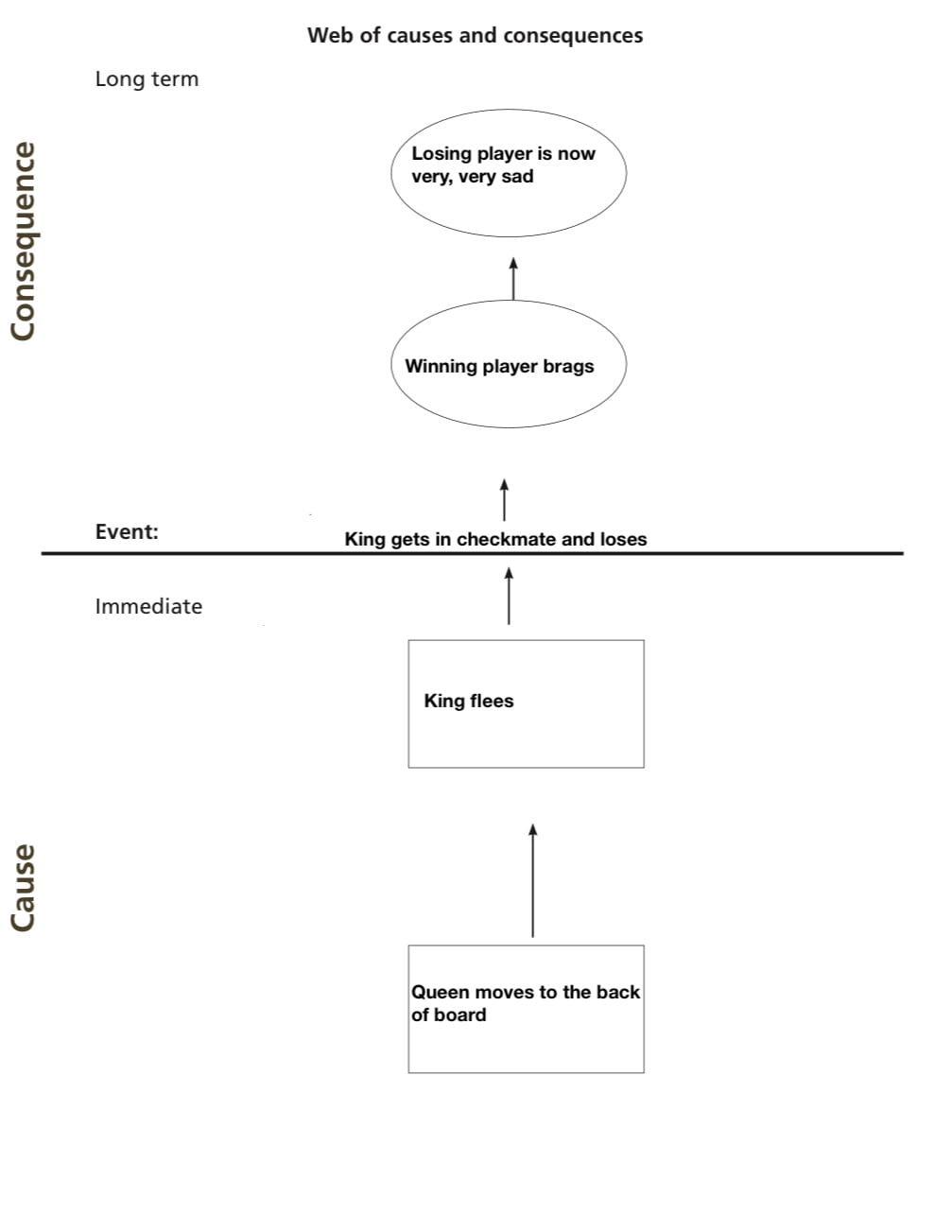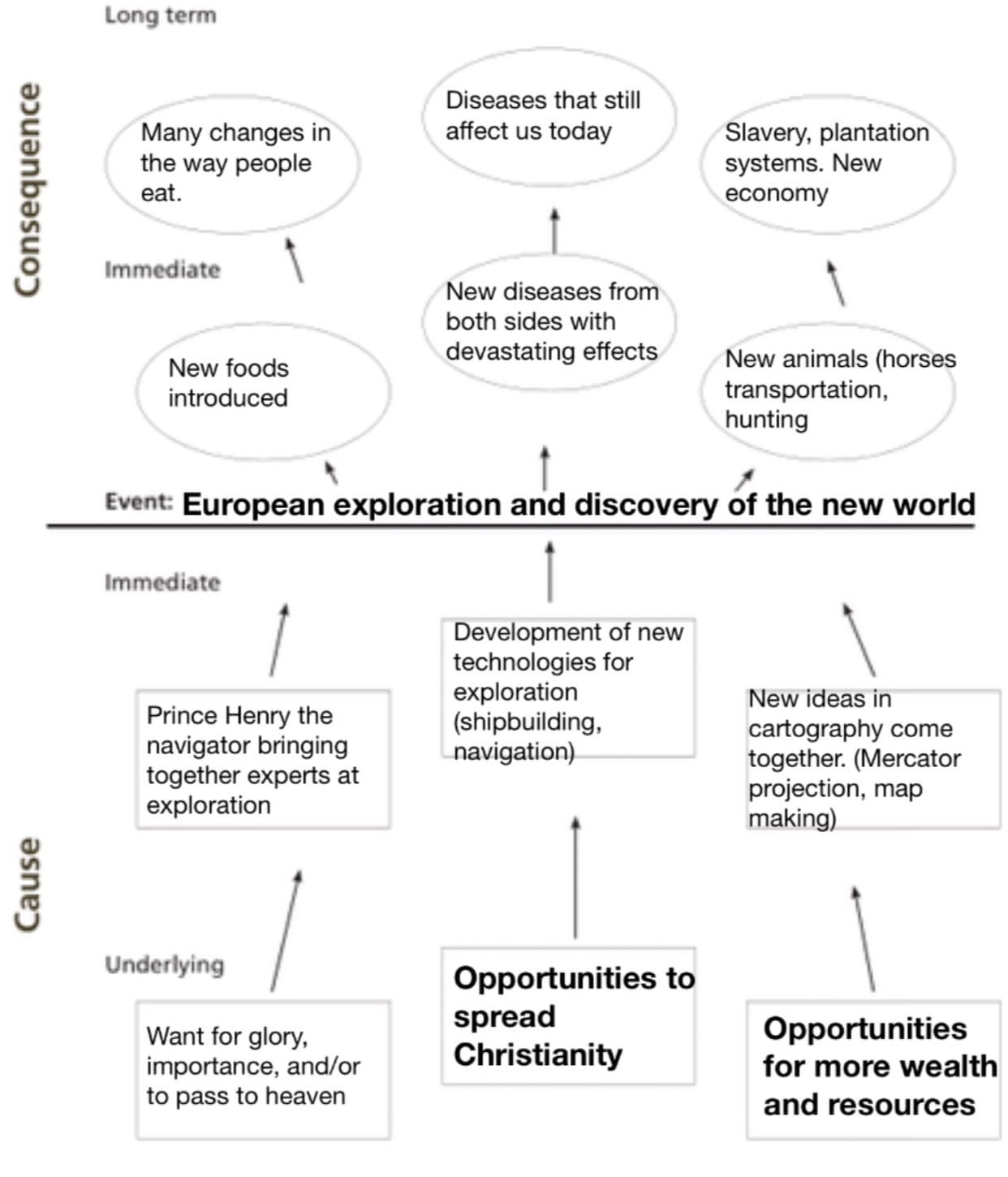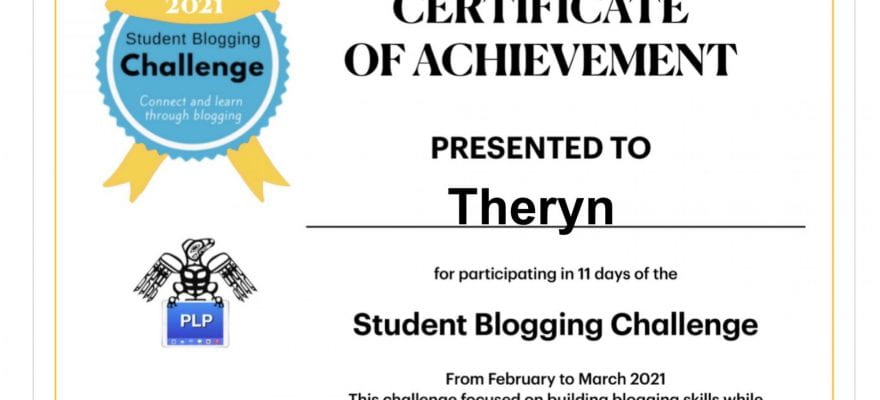Hello, and welcome back to my blog. This post is about the latest project for PLP Humanities, Revolutions on Trial. In this project I learned about the French Revolution, the causes of a revolution, and what determines a successful revolution. So, without further ado, here is the post.
As with all PLP projects, we started with a driving question that we strived to answer in the project. The Driving Question for this project was: How Might we as Legal Teams Determine the Effectiveness and Ineffectiveness of a Revolution? And this is how I found the answer.
The first big activity we did in this project was called Nation X. We created a simulation of a society with very large class divisions. There were 4 groups, each with different right and abilities.this activity lasted two days, and contained many events that reflect actual similar societies. For example, in our simulation there was a large revolution to put our old king back in place, and this revolution split the country in two groups. My full reflection on this experience from my perspective is below.
The New Republic Of Nation X, in my opinion, was a fair and functional society. We had food, farms, wealth, happiness, and entertainment. I think that we achieved this by rooting out the people who would not fit in this society and creating a society so good it doesn’t even need laws. To ensure a fair and functional society, I think that there are three main elements that need to be there: basic needs met (food, water, etc…), some way of preventing people from doing bad things (laws, rules, or just generally good people), and lastly, an economy that produces these two things repeatedly. I think of these three things, the last one is the most important because to ensure the survival of a society, the society needs to be relatively self sufficient. But, both of the nations together are not functional in the end, so I do not think our classroom as a whole accomplished the goal. But, overall, this was a really fun activity, and I think it was also an interesting social experiment.
Another great tool to understand how and why revolutions happen is the crane brinton scale. Crane Brinton was a historian of France, and among other things, he studied multiple revolutions and fund common traits in all of them. Using his observations, he create a diagram that split a revolution into four stages: the incubation stage, the moderate stage, the crisis stage, and the recovery stage. My diagram of his theory is here.
Now that we had a clearer understanding of why revolutions happen, we were ready to start reading a famous story based off of an actual revolution. This story was Animal Farm. Animal Farm is a widely renowned novel with a movie adaptation written by George Orwell, which follows the events of a farm as the animal rise up against their captors and form their own society. We had book group discussions about what we read daily. It was great to see what a revolution is like from the perspectives of the people in it.
While reading the book, we were also assigned to groups of six that would each be studying a revolution. I was assigned the French Revolution. I researched the French Revolution until I fully understood it, and then created a graphic organizer to show my learning, Which I revised once.
The next major step in this project was the Animal Farm written response. This was a three-paragraph writing were we explained the anatomy of the revolution in Animal Farm using Crane Brinton’s theory. We had an hour to write this in class, and I think that I got it done fairly Easily in that time constraint.

Now, we knew what we needed to know and were prepared the start creating the final product of this project. The final product is a courtroom trial were we put the effectiveness of the revolution up to the test. We created affadivats, scripts, props, and a set to perform out trials in front of our parents, friends, colleges, and even some random people. And after all that preparation, this is the final result:
So that conclude today’s post, about the revolutions on trial project. I hope you enjoyed this post, and if you want to check out my group member’s blogs, click any of the links below. Thanks for reading, bye.


